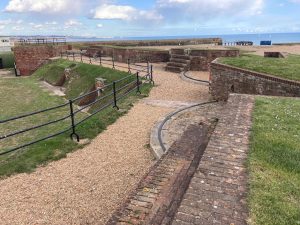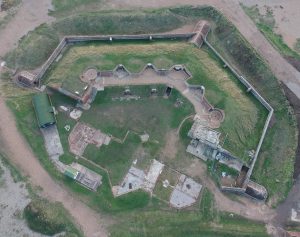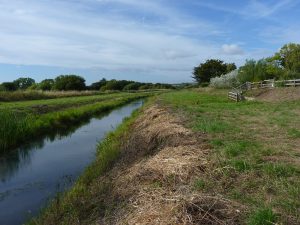Bluebell Hues April 2025
By Kerry Williams: Communications Officer – Conservation
Like many people, Bluebells are a blast of nostalgia for me. I remember woodland days out as a kid; clambering up trees and scrawling thrilling finds like ‘Woodpigeon’ in biro in soggy exercise books. Bluebell season always required a visit. There’s not much like the all-encompassing violet thwack of Bluebells in ancient woodland. Sickly-sweet scent in your nostrils, the hues of the rich indigo carpet somehow also hanging in the air, and the understory buzzing with busy pollinators, who, just like you, are making the most of this abundant explosion.
We love a limited edition, a special experience that we must make the most of. Like one-off characters in your cereal box, like happy hour, like Nightingales. And Bluebell fever is no different. Every April and May, Sussex woodlands erupt with millions of these vivid beauties, announcing that spring truly, finally, fabulously, has sprung. This early flowering provides a welcome bounty for struggling wildlife and allows Bluebells to make the most of the sunlight before the woodland canopy becomes too dense.
Like many of our native wildflowers, the British Bluebell is up against it. At risk from habitat loss of precious ancient woodland, and threatened by a changing climate, the plant is also in competition with an interloper; the Spanish Bluebell. A non-native species, the Spanish Bluebell tends to outcompete its native counterpart for resources such as light and space. It can also hybridise with our native species, diluting the native Bluebell’s characteristics. So how can you tell these two species apart?
The native Bluebell, Hyacinthoides non-scripta, has narrow leaves and tubular-bell shaped flowers of deep-violet blue which curl back at the edges. The flowers are generally down one side of the stem, which has a distinctive droop to it. The Spanish species, Hyacinthoides hispanica, has broader leaves and a paler blue, conical shaped flower. The stem is upright and covered with flowers on all sides. A big difference between the two is the Spanish has no scent, whilst the native Bluebell smells sweet.
The idea of plants ‘escaping’ your garden invokes notions of under-the-cover-of-darkness creeping, but it’s easier than you think for non-native species to go astray. Uncovered cuttings and garden waste can easily blow into communal areas or can be carried by animals, to proliferate in new, wild areas. If choosing to plant Bluebells in your garden, it’s best to choose the UK species for this reason. In a small way you could be supporting our native species to recolonise our wild woodlands, and to keep them smelling sweet.



